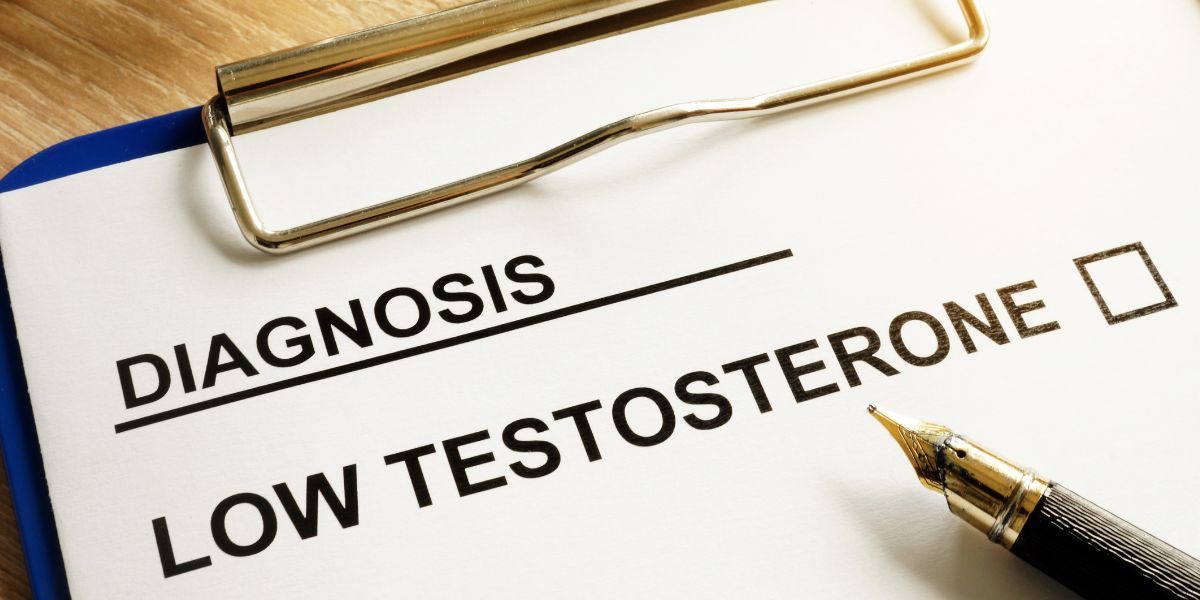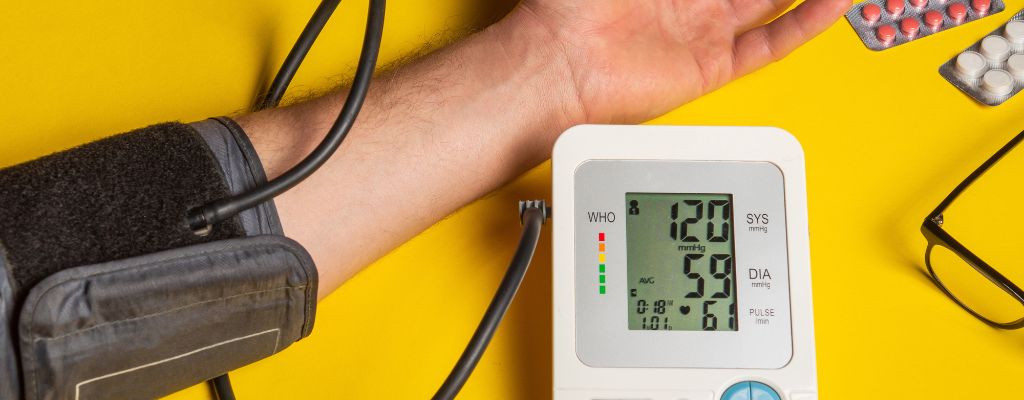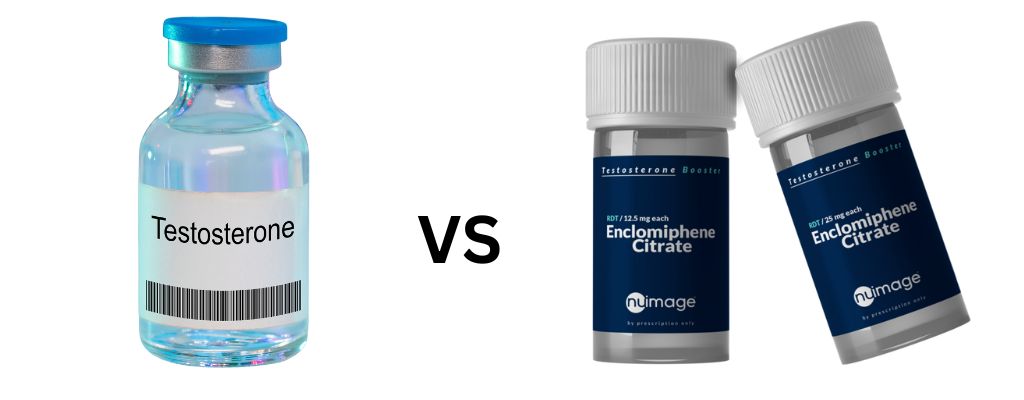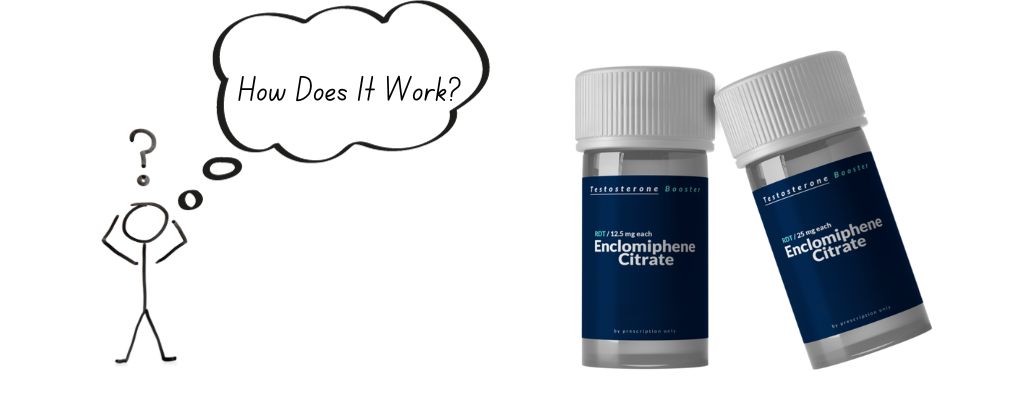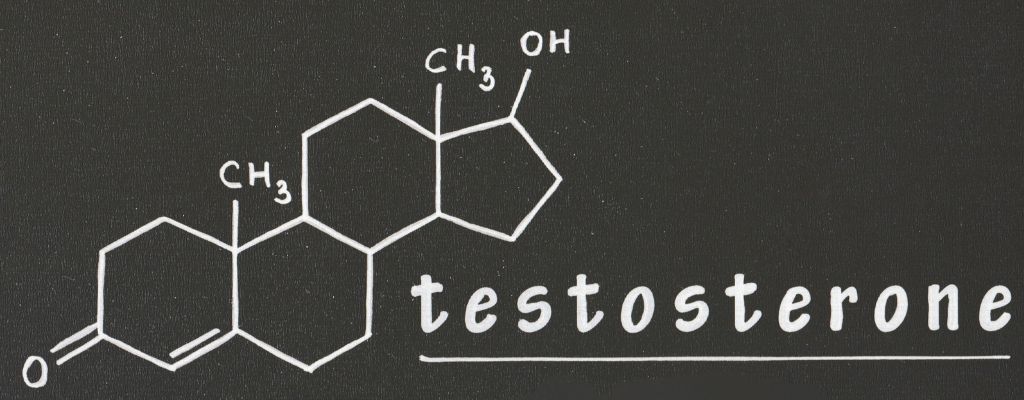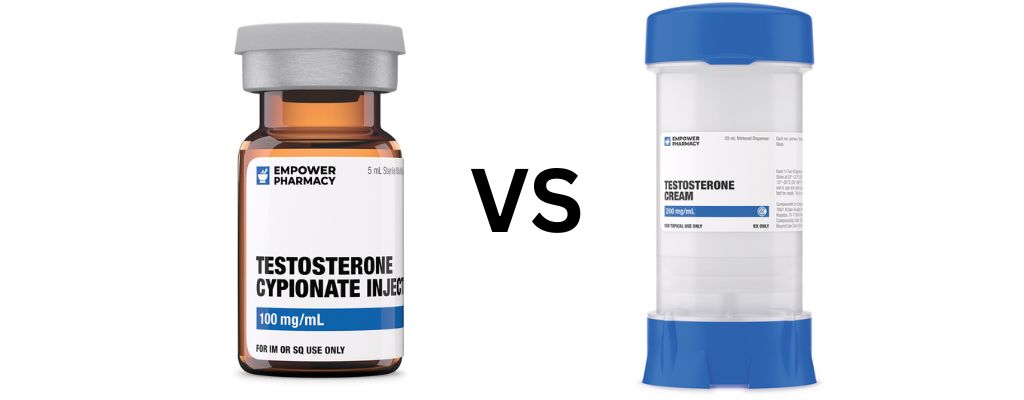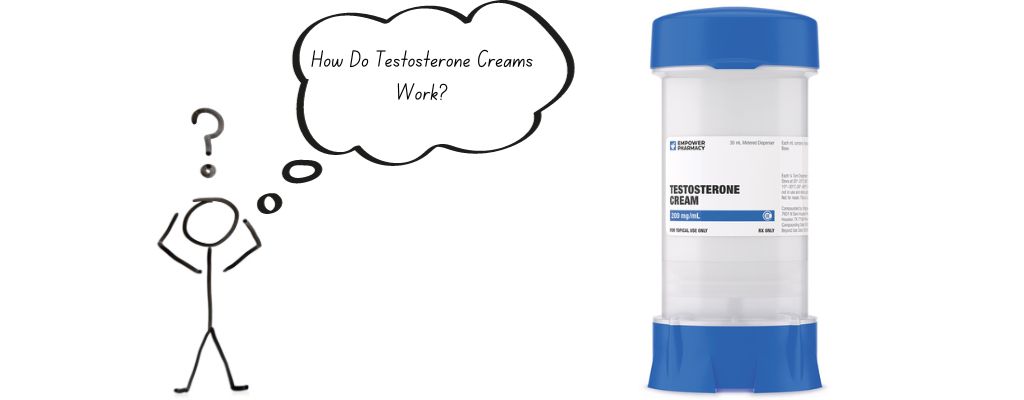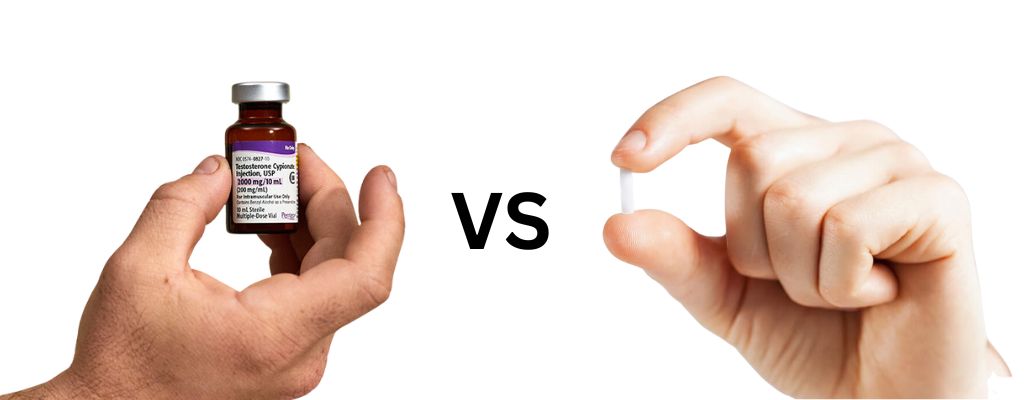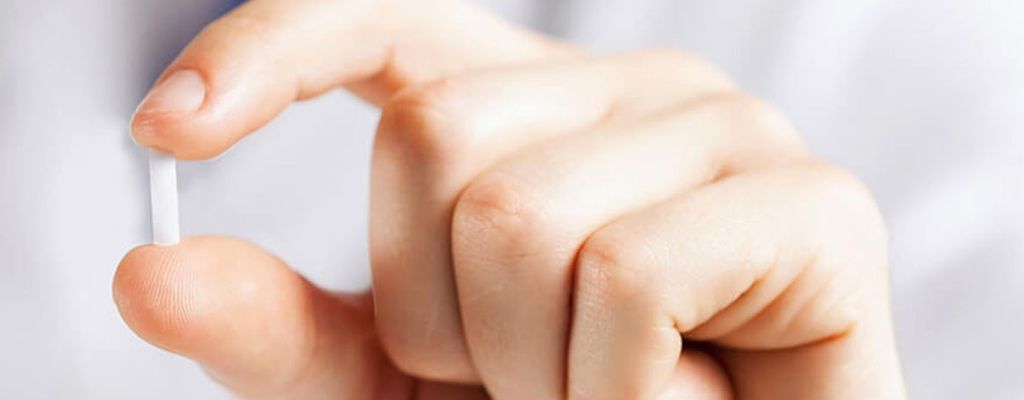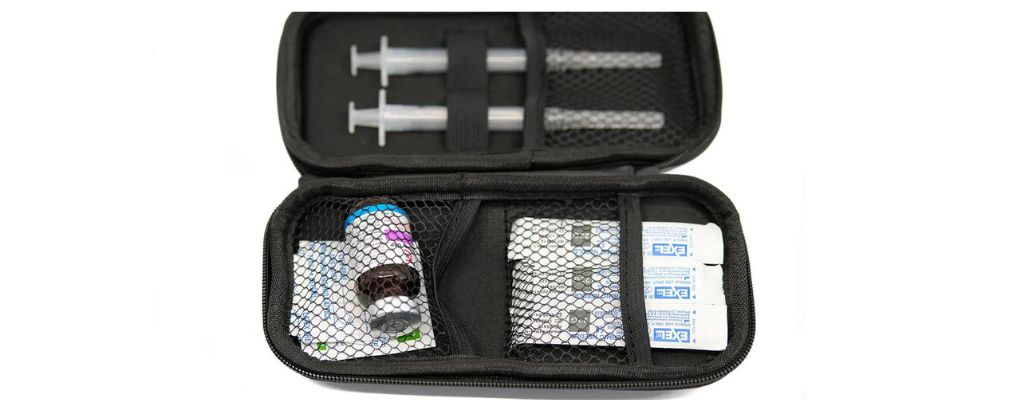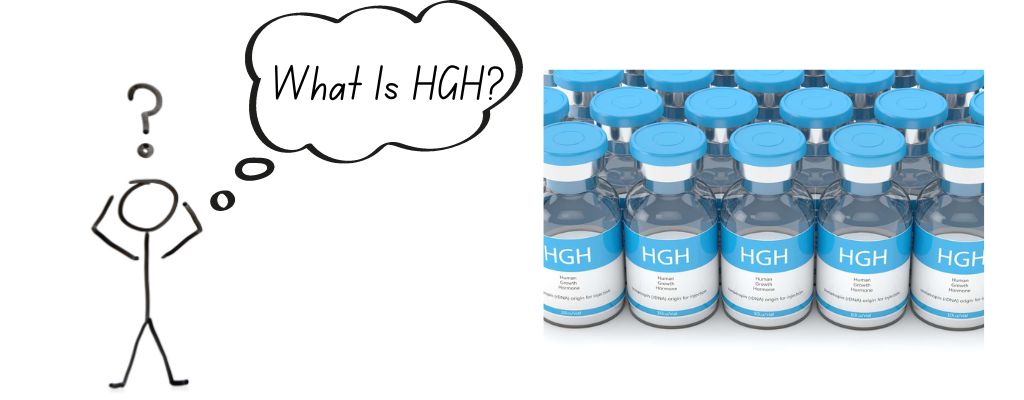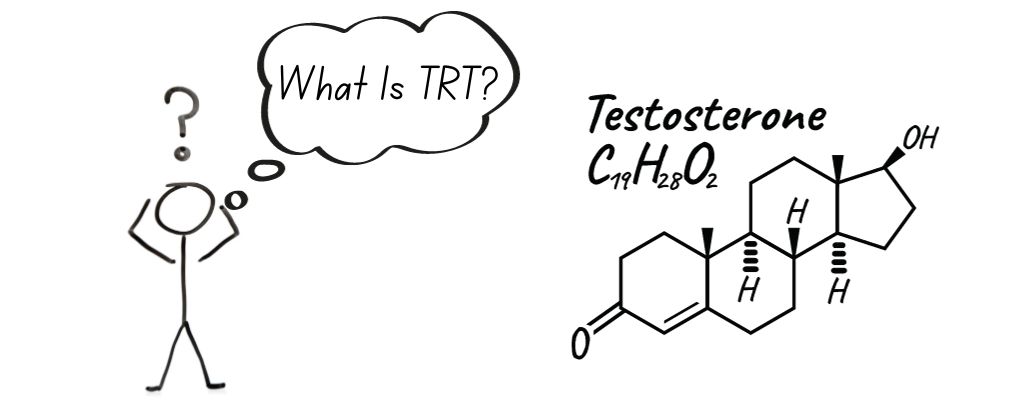My Husband Takes Testosterone Injections, Can I Still Get Pregnant?
Yes! Even though your husband is taking testosterone, he can still impregnate you. However, testosterone injections can lead to a decrease in sperm count because the external testosterone can signal the body to reduce its own production of testosterone and, consequently, sperm.
Because of this, if you are actively trying to get pregnant, it is best if your husband gets off of testosterone, as this will increase your odds of conception.
Keep reading to learn more about how testosterone injections can affect sperm and pregnancy.

How Likely Is It To Get Pregnant While On Testosterone?
Based on the studies, the likelihood of getting pregnant while a male partner is on testosterone therapy is significantly reduced. Testosterone replacement therapy can lead to a considerable decrease in sperm production, and in some cases, it can cause azoospermia, which is the absence of sperm in semen. For example, research shows that testosterone therapy resulted in azoospermia within 4 months in 65% of men with previously normal sperm counts. Furthermore, a high percentage of men using testosterone supplements without medical need were found to be azoospermic, indicating a severe impact on sperm count and fertility.
Therefore, while it’s not completely impossible to conceive while a male partner is on testosterone therapy, the chances are notably lower. If conception is a goal, it’s crucial to discuss fertility and potential alternatives to testosterone therapy with a healthcare provider.

How Long Does It Take For Sperm Count To Increase After Testosterone?
The time it takes for sperm count to increase after stopping testosterone therapy can vary depending on the individual, but it generally takes several months for sperm production to return to normal levels. Testosterone replacement therapy can suppress the body’s natural hormone production, including the hormones necessary for sperm production. When testosterone therapy is stopped, it can take time for the body’s hormonal axis to recover and for sperm production to increase.
Studies have shown that sperm production can start to improve within 3 to 6 months after stopping testosterone therapy, but it may take 12 to 18 months for sperm count to fully recover to pre-treatment levels. In some cases, it may take longer, and some men may not fully recover their sperm production, especially if they have been on long-term testosterone therapy.
Can A Man Taking Testosterone Cause Birth Defects?
The relationship between testosterone use in men and the risk of birth defects in offspring is complex and not definitively established. Some studies, like the one conducted by the National Birth Defects Prevention Study, suggest a potential link between paternal testosterone use and certain birth defects, such as heart defects and cleft palate. However, these findings are based on observational studies that show association rather than causation, and factors like genetics, environment, and overall parental health also play significant roles.
Other research indicates no significant increase in the risk of birth defects in children born to fathers who used testosterone before conception. For example, a study in the Journal of Clinical Endocrinology and Metabolism found no significant difference in birth defect rates between children of men who received testosterone replacement therapy and those who did not.
Given these findings, while there is some evidence suggesting a potential association between paternal testosterone use and birth defects, conclusive evidence establishing a direct causal link is lacking. Men considering testosterone therapy are advised to discuss potential risks and benefits with their healthcare provider, especially if planning to father children.
How Do You Improve Natural Function After Taking Testosterone?
Improving natural testosterone production after using testosterone therapy often involves the use of post-cycle therapy (PCT) to help restart the body’s natural hormone production. PCT can be crucial for mitigating the effects of long-term testosterone supplementation, which can suppress the body’s natural hormone production. Here are some common PCT methods:
Clomid (Clomiphene Citrate): Clomid is a selective estrogen receptor modulator (SERM) that stimulates the pituitary gland to release more follicle-stimulating hormone (FSH) and luteinizing hormone (LH), which in turn can boost natural testosterone production. Clomid is often used in PCT to help restore the natural balance of sex hormones after the cessation of exogenous testosterone.
Enclomiphene: Similar to Clomid, enclomiphene is an isomer of clomiphene citrate and acts as a SERM. It specifically helps to increase LH and FSH levels, leading to an increase in natural testosterone production. Enclomiphene can be particularly effective because it has fewer estrogenic effects compared to clomiphene, making it a preferred choice for some individuals.
Human Chorionic Gonadotropin (hCG): hCG is often used during or after testosterone therapy to mimic LH and stimulate the testes to produce testosterone and sperm. This can help prevent testicular atrophy and maintain sperm production. hCG is sometimes used in combination with SERMs like Clomid or enclomiphene in PCT to enhance the recovery of the hypothalamic-pituitary-gonadal axis.
These therapies are typically employed in a structured PCT regimen over several weeks to gradually encourage the body’s natural hormone production. The specific protocol, including the choice of drugs and their dosages, can vary based on individual circumstances, the duration and dosage of testosterone used, and the individual’s response to testosterone therapy.
Conclusion
It is still possible to get pregnant even if your partner is on testosterone. This means you should always take precautions if you are not attempting to conceive. On the other hand, it is more difficult as TRT can cause azoospermia. If you are attempting to get pregnant, it is for the best to have your partner stop testosterone injections and start fertility treatments.


